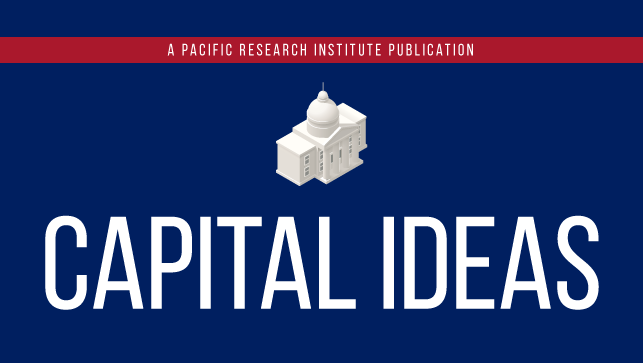With uncertainty over the impact of the COVID-19 Delta variant on the start of the upcoming school year, new research shows the extent of learning loss and mental health problems experienced by students during the pandemic-caused school closures. Not coincidentally, state and federal data also show that parents are increasingly turning to homeschooling.
In July, McKinsey & Company released a study that not only showed huge learning losses among American children due to the pandemic, but also shocking estimates of the long-term economic impacts these learning losses would have on the U.S.
According to the McKinsey researchers, “Our analysis shows that the impact of the pandemic on K-12 student learning was significant, leaving students on average five months behind in mathematics and four months behind in reading by the end of the school year.”
More troubling, the researchers found that the pandemic had widened achievement gaps between student demographic groups.
For example, “In math, students in majority Black schools ended the year with six months of unfinished learning, students in low-income schools with seven.”
Further, “High schoolers have become more likely to drop out of school and high school seniors, especially those from low-income families, are less likely to go on to postsecondary education.”
What are the reasons for the learning losses among students? According to the study, “districts oscillated among virtual, hybrid, and in-person learning environment,” plus students “faced multiple schedule changes, were assigned new teachers midyear, and struggled with glitchy Internet connections and Zoom fatigue.”
The result: “Some students who have disengaged from school altogether may have slipped backward, losing knowledge or skills they once had. The majority simply learned less than they would have in a typical year, but this is nonetheless important. Students who move on to the next grade unprepared are missing key building blocks of knowledge that are necessary for success, while students who repeat a year are much less likely to complete high school and move on to college.”
These learning losses impact not just later graduation and the likelihood of attending college but will have ripple effects on the economy.
“The fallout from the pandemic threatens to depress this generation’s prospects and constrict their opportunities far into adulthood,” concluded the study.
The study authors estimate, “today’s students may earn $49,000 to $61,000 less over their lifetime owing to the impact of the pandemic on their schooling.”
“The impact on the US economy,” they say, “could amount to $128 billion to $188 billion every year as this cohort enters the workforce.”
These cold hard figures, however, should not mask the individual suffering that government-imposed school closures have had on children.
The non-profit organization YouthTruth has just released a survey of students in 19 states, including states such as California, Texas, Florida, and New York.
According to the survey results, the proportion of secondary-school students reporting that the COVID-19 pandemic had affected them rose from 46 percent in Spring 2020 to 55 percent in Spring 2021.
How were students affected by the pandemic? Nearly half of surveyed students—49 percent—reported “feeling depressed, stressed, or anxious.”
YouthTruth said, “These results of depression and anxiety as significant barriers to student learning and well-being are in line with other recent research.”
The McKinsey study also reported, “Roughly 80 percent of parents had some level of concern about their child’s mental health or social and emotional development since the pandemic began.”
Given such troubling student academic and mental-health results, it is not surprising to see parents and their children heading for the exit door.
In California, according to a report by ABC 7 News in Los Angeles, “public school enrollment dropped an unprecedented 2.6 percent between 2019-20 and the 2020-21 school years,” with160,000 students leaving the public schools. Further, “The number of private school affidavits [which parents file with the state in order to homeschool their children independently] more than doubled in October 2020.”
Nationally, the Census Bureau reported earlier this year that the proportion of U.S. households homeschooling their children had more than doubled from Spring to Fall 2020 from 5 percent to 11 percent.
The COVID-19 pandemic has changed America’s education landscape forever and one result is that more parents are taking control of their children’s learning and educating them at home.
Lance Izumi is senior director of the Center for Education at the Pacific Research Institute. He is the author of an upcoming PRI book on homeschooling.

